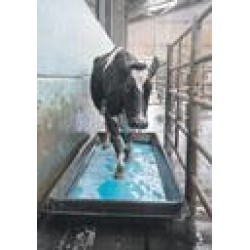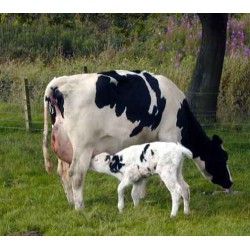Reducing Sheep Lameness in the UK
Reducing Sheep Lameness in the UK
It was found that lameness in sheep in England halved between 2004 & 2013 from 10% to 5%. Footrot & scald are still the most common cause of lameness but 58% of flocks now have contagious digital dermatitis (CODD) and this is contributing to lameness significantly.
The reduction in level of lameness is linked to changes in management
- More farmers are rapidly treating lame sheep, so they can recover quicker
- More farmers are using both antibiotic injection & spray without foot trimming to treat individual sheep with footrot scald & CODD
- Fewer farmers are routinely foot trimming their flock
- More farmers are vaccinating against footrot
- More farmers are selecting breeding stock from always-sound ewes
Using the information, from this questionnaire this is the first study to provide evidence for the benefits of the following management practices in reducing lameness in sheep:
- Quarantine new & lame stock – Only periods longer than 3 weeks are effective in reducing flock lameness & do so by about 20%.
- Early detection & treatment with antibiotics – Farmers catching & treating lame sheep within 3 days of them becoming lame had 30%-40% lower levels of lameness.
- Avoiding foot trimming – Farmers who were still routinely foot trimming had 30%-70% higher levels of lameness in their flocks; lameness was higher the more sheep that bled during trimming.
- Replacing breeding stock with lambs from always-sound ewes. This reduced the level of lameness by about 25%.
- Vaccination against footrot – when all sheep were vaccinated once a year the average reduction in lameness was 20%.
This study also provided supporting evidence to other studies that footbathing to prevent scald lowers the flock lameness.
This study was carried out by the University of Warwick




